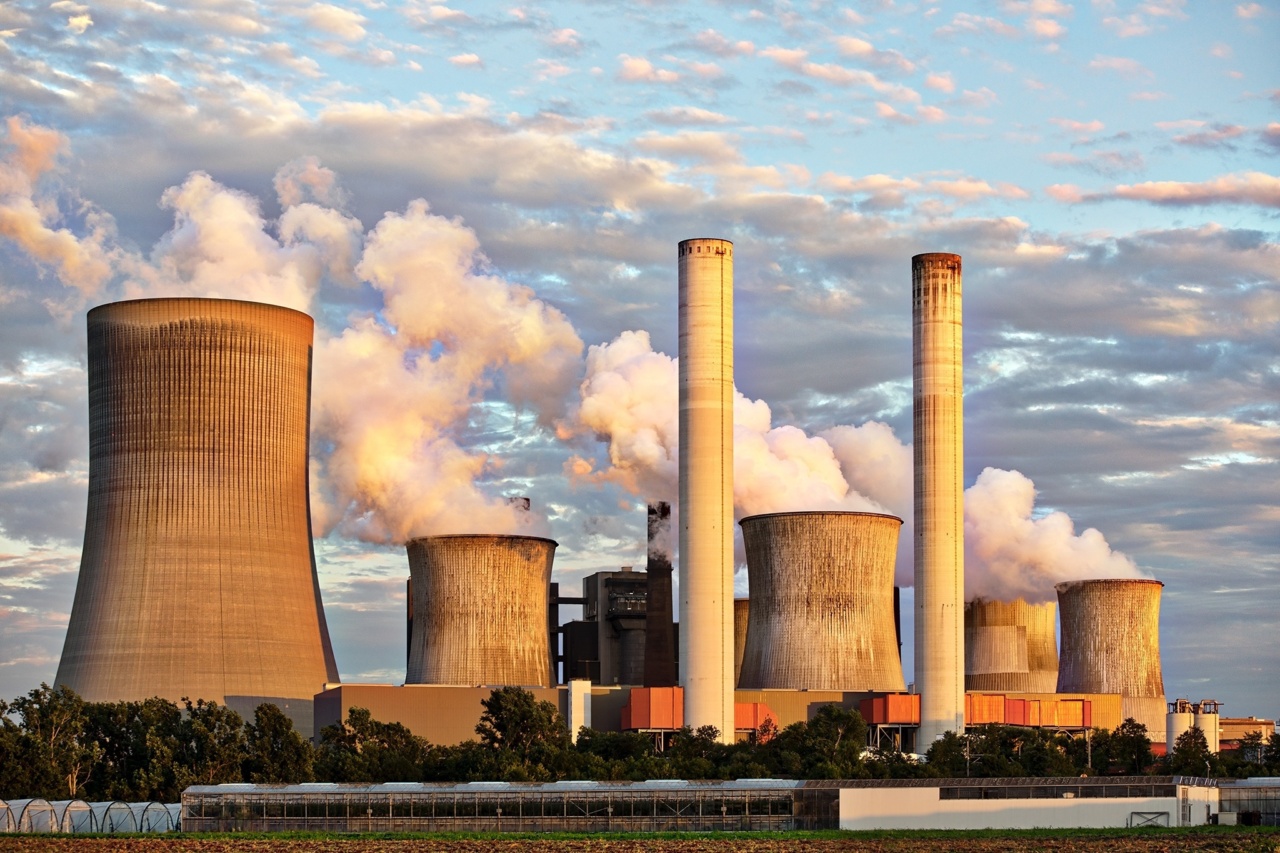Air pollution is a silent killer that has long been a major public health issue.
It affects billions of people worldwide and is caused by a range of human activities, such as fossil fuels combustion, industrial processes, transportation, waste management, and agricultural practices. According to the World Health Organization (WHO), air pollution is responsible for approximately 7 million premature deaths each year, making it one of the leading risk factors for mortality and morbidity worldwide.
Although air pollution affects everyone, certain populations, such as children, older adults, and people with pre-existing health conditions, are more vulnerable to its harmful effects.
Particulate Matter
Particulate matter (PM) refers to tiny particles that are suspended in the air and can be inhaled into the lungs. These particles come from a variety of sources, such as vehicle exhaust, construction sites, and wildfire smoke.
PM can be classified based on its size, with smaller particles being more dangerous as they can penetrate deeper into the lungs and even enter the bloodstream. PM exposure has been linked to a range of health problems, including respiratory infections, heart disease, stroke, and lung cancer.
In the short term, exposure to high levels of PM can lead to coughing, chest tightness, shortness of breath, and wheezing.
Nitrogen Oxides
Nitrogen oxides (NOx) are a group of gases that are produced by combustion processes, such as those in cars, trucks, and power plants. NOx can react with other chemicals in the air to form ozone, a harmful gas that can cause respiratory problems.
NOx exposure has been linked to increased risk of respiratory infections, asthma, and heart disease. In addition, NOx emissions contribute to the formation of acid rain, which can damage crops, forests, and water sources.
Sulfur Dioxide
Sulfur dioxide (SO2) is a gas that is produced by burning fossil fuels that contain sulfur, such as coal and oil.
SO2 can irritate the respiratory system and cause breathing difficulties, especially in people with pre-existing lung conditions like asthma. In addition to causing respiratory problems, SO2 emissions can contribute to acid rain, which can damage buildings, monuments, and other infrastructure.
Carbon Monoxide
Carbon monoxide (CO) is a colorless, odorless, and tasteless gas that is produced by incomplete combustion of fossil fuels. CO can bind with hemoglobin in the blood, reducing the amount of oxygen that can be carried to tissues and organs.
Exposure to high levels of CO can cause headaches, dizziness, nausea, and even death. In addition to ambient air pollution, carbon monoxide is also a concern in indoor environments, especially those with gas appliances, fireplaces, or attached garages.
Volatile Organic Compounds
Volatile organic compounds (VOCs) are a group of chemicals that evaporate easily and can be found in many household and industrial products, such as cleaning agents, paints, and solvents.
VOCs can react with other pollutants in the air to form ground-level ozone, a harmful gas that can cause respiratory problems. Long-term exposure to VOCs has been linked to increased risk of cancer, liver and kidney damage, and reproductive problems.
Heavy Metals
Heavy metals, such as lead, mercury, and cadmium, are toxic substances that can be released into the air by industrial processes, mining operations, and fossil fuel combustion.
Exposure to heavy metals can cause a range of health problems, including neurological damage, developmental delays, and kidney disease. Children, pregnant women, and people who work in industries that handle heavy metals are particularly at risk.
Climate Change
Air pollution not only harms human health but also contributes to climate change, which is a major environmental challenge facing the world today.
Climate change is caused by the buildup of greenhouse gases, such as carbon dioxide and methane, in the atmosphere, which trap heat and cause the planet to warm. The burning of fossil fuels, which is a major source of air pollution, is also the main contributor to greenhouse gas emissions.
Climate change can have a range of harmful effects on human health, such as increased risks of heat waves, extreme weather events, and food and water shortages.
Conclusion
The hidden dangers of air pollution are all around us, affecting our health, our environment, and our future.
We need to take action on multiple fronts, such as transitioning to cleaner energy sources, improving public transportation, increasing green spaces, and reducing waste. Governments, industries, and individuals all have a role to play in reducing air pollution and protecting our collective well-being.





























